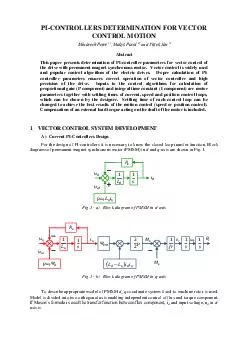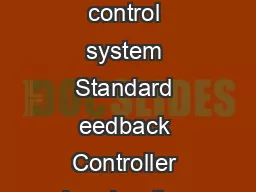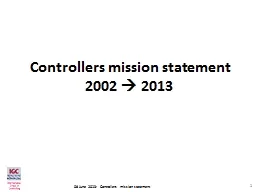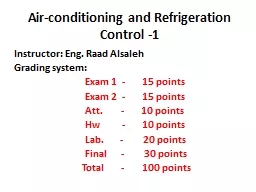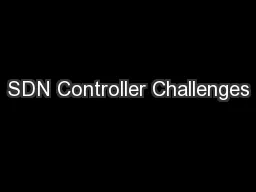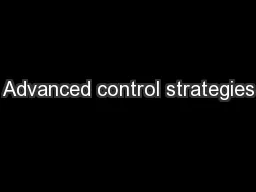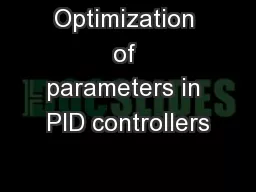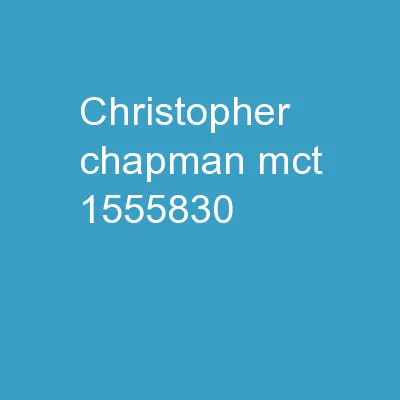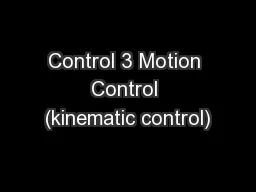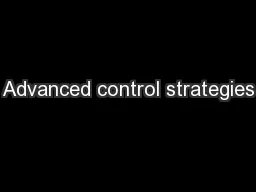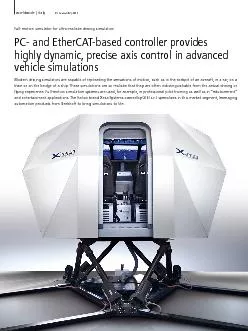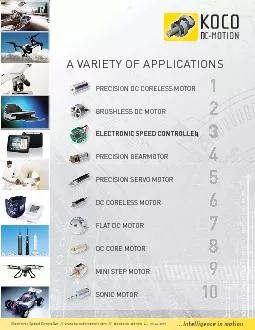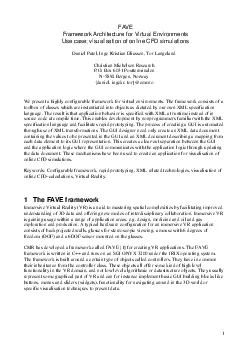PDF-PI CONTROLLERS DETERMIN ATION FOR VECTOR CONTROL MOTION LQiUHFKHWHU DNDYRO and LWWHNiQ
Author : faustina-dinatale | Published Date : 2014-12-19
Vector control is widely used and popular control algorithm of the electric drives Proper calculation of PI controller parameters ensures correct operation of vector
Presentation Embed Code
Download Presentation
Download Presentation The PPT/PDF document "PI CONTROLLERS DETERMIN ATION FOR VECTOR..." is the property of its rightful owner. Permission is granted to download and print the materials on this website for personal, non-commercial use only, and to display it on your personal computer provided you do not modify the materials and that you retain all copyright notices contained in the materials. By downloading content from our website, you accept the terms of this agreement.
PI CONTROLLERS DETERMIN ATION FOR VECTOR CONTROL MOTION LQiUHFKHWHU DNDYRO and LWWHNiQ: Transcript
Download Rules Of Document
"PI CONTROLLERS DETERMIN ATION FOR VECTOR CONTROL MOTION LQiUHFKHWHU DNDYRO and LWWHNiQ"The content belongs to its owner. You may download and print it for personal use, without modification, and keep all copyright notices. By downloading, you agree to these terms.
Related Documents

